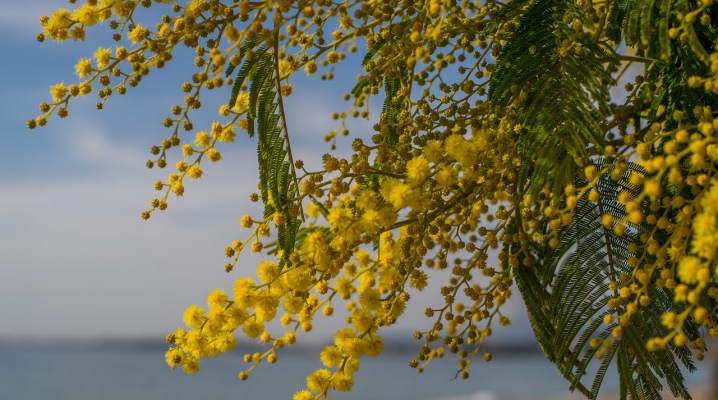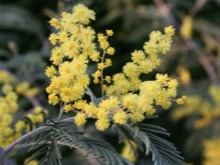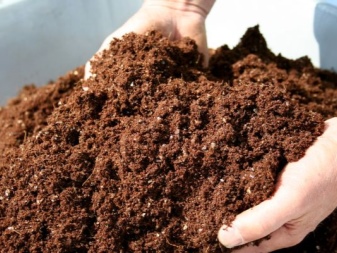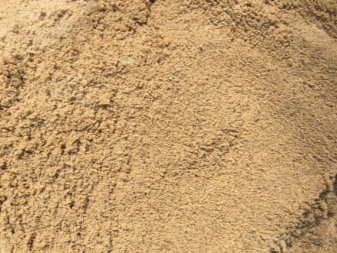Silver acacia: description and cultivation

Silver acacia is a graceful tree of Australian origin. In Russia, the plant is very popular in the Black Sea region. You can often hear that acacia is called mimosa. However, these are completely different plants, while they belong to the general legume family. The similarity is evident in appearance. The acacia branches are covered with small yellow flowers, giving a certain splendor to the tree. This is not to say that this factor affects the popularity of the Australian tree. In the article, we will consider the features of silver acacia and the rules of plant care.



What it is?
Silver acacia flowers have a delicate and beautiful appearance, so they are an excellent gift for women. During the flowering period, everything around is fragrant from the pleasant aroma of the plant. In its natural environment, an evergreen tree can reach 45 meters in height. On the territory of other countries, acacia does not grow higher than 12 meters. Active flowering begins at the end of winter and lasts until mid-spring.
In many cultures, "mimosa" symbolizes the end of cold weather and the onset of spring. In some European countries, lavish festivities are held in honor of the flowering of this plant.


Silver acacia is called because of the shade of the leaves. They are colored green and have a silvery sheen. Due to the shape of the leaves, the plant resembles a fern. The trunk of the acacia tree is very prickly and is presented in an umbrella-shaped shape, which does not correspond to the delicate image of the tree as a whole. Small fluffy flowers are collected in lush inflorescences. After flowering, the tree bears fruit. The fruits are small pods. They contain small seed beans. Silvery acacia, due to its external characteristics, is an ornamental plant and often decorates areas of parks or gardens.



Landing rules
Acacia is usually planted in a well-lit area, as the tropical tree loves sunlight. When planting a plant in indoor conditions, it is recommended to keep it on a windowsill in the southern part of the room. In the cold season, acacia is deficient in sunlight, so it is very important to provide it with additional lighting. (3-4 hours a day). Acacia loves neutral temperatures.
In the heat, the plant runs the risk of being damaged by parasites. Usually they are scale insects, which by their actions can lead to the death of acacia.


For the cultivation of a tropical tree, light and loose soil is chosen. It is desirable that the soil be without compaction. Before planting, a special substrate is prepared, into which the following components are added at a ratio of 1: 1: 4: 2:
- humus;
- river sand;
- leafy land;
- sod land.


The prepared soil mixture is placed in a planting pit, after which a tree is planted there. Then the soil is watered abundantly. The seedlings are placed in open ground until the first buds appear on them.
Experts recommend planting silver acacia in the spring. If you plant a tree in the fall, then it is best to do this before the start of the rainy season. This will contribute to the normal development of the plant.

Care features
A feature of acacia is that it can be grown both outdoors and indoors. The appearance of the plant will surprise any guest in the house. Moreover, such a result can be achieved with a minimum of effort, since acacia is completely unpretentious to care for. To ensure the normal development of a tropical beauty, it is necessary to adhere to the basic rules of its maintenance.


Watering
If you grow acacia outdoors, then watering is necessary only during planting. There is enough rainfall to maintain normal moisture levels. In room conditions, it is necessary to moisten the plant as the soil dries out.
A young plant is watered 2 times a week. An adult acacia is moistened no more than 1 time in 10 days.


Top dressing
Acacia should be regularly inspected for pests. Usually, if the parasites are not found, and the tree has an unhealthy appearance, then the reason may be a lack of nutrients or their excess due to regular feeding. In this matter, the main thing is to maintain a balance, otherwise you can harm the plant. Acacia is fertilized in the spring once every 3 weeks. The same system must be adhered to in the autumn period of the year. In the summer, the tree is fed once a month. In winter, the plant does not need fertilization.
Usually, top dressing is chosen on the basis of peat; the plant also loves complex and mineral fertilizers.

Transfer
Acacia is characterized by a fast growth rate. For this reason, the growing area must expand every year. After the end of the flowering period, the tree can be transplanted. This process consists of several stages.
- The soil is watered abundantly with water, after which the plant can be removed, always together with the root.
- Any damaged roots must be removed.
- For a new pot, prepare a substrate consisting of river sand and fertile soil. Humus is often added to this mixture.
- Acacia is planted in the prepared substrate.
- After planting, the plant is well watered.


Pruning
In the warm season, a tropical tree grows strongly. The thickening of the crown will have a bad effect on the development of the plant, which can subsequently provoke dangerous diseases. Besides pruning must be done to maintain the decorative effect of acacia... After the end of the flowering period, it is recommended to remove weak branches from the plant and shorten the shoots. At the beginning of autumn, it is necessary to perform formative pruning by removing weak shoots.

Reproduction methods
Usually gardeners when breeding silver acacia are guided by two main methods of reproduction.
- Growing from seeds. This process takes place in the middle of winter. The seeds should be soaked in hot, settled water for 2 days. For sowing, a soil mixture is prepared, consisting of loose soil, sand and leafy earth. Vermiculite is often added to the substrate. Seeds are sown in a container, deepening by half a centimeter. The container is placed in a warm and well-lit place. Seeds germinate in an average of 3 weeks. After the appearance of 3 leaves, the seedlings are transplanted into separate containers.

- Cuttings. It should be done after the plant has faded in the spring. Shoots should be 10 centimeters long. Before planting, they are soaked in a growth stimulator. The soil is used the same as in the previous method. For cultivation, mini-greenhouses are usually equipped. The containers are stored on a warm and well-lit windowsill. After planting, the plants are watered once every 3 days. Rooting occurs after 2.5 months.


Diseases and pests
Silver acacia is resistant to various diseases and pests. However, with improper care, a number of problems can arise.
- Drying out of the soil. If the soil is allowed to dry out, the tree will begin to shed its foliage, and its buds will crumble.
- Improper watering. If the rules for watering the plant are not followed, its leaves will begin to fade. The main thing is to prevent waterlogging or drying out of the soil.
- Lack of sunlight. In this case, the leaves of the acacia become pale and lose their attractiveness.
- Insufficient moisture in the air and soil. The tips of the leaves begin to dry out.
- Draft and cold. The appearance of dark spots is observed on the foliage.
- Spider mite. The parasite appears in the event of a low level of humidity in the house.


When various diseases appear, it is important to know the cause in order to immediately take the necessary measures to eliminate them. Prevention of the above problems is to ensure proper conditions for the maintenance of the plant.
Closely monitor soil and air moisture levels, avoid drafts, adjust indoor lighting, and check acacia for pests.
For information on how to sow silver acacia seeds, see the next video.







































































































Hello. Silver acacia grows in my house, it is already its third year. The plant is 1.5 meters high, but for some reason it still does not bloom profusely. I myself am from Sakhalin.
The comment was sent successfully.